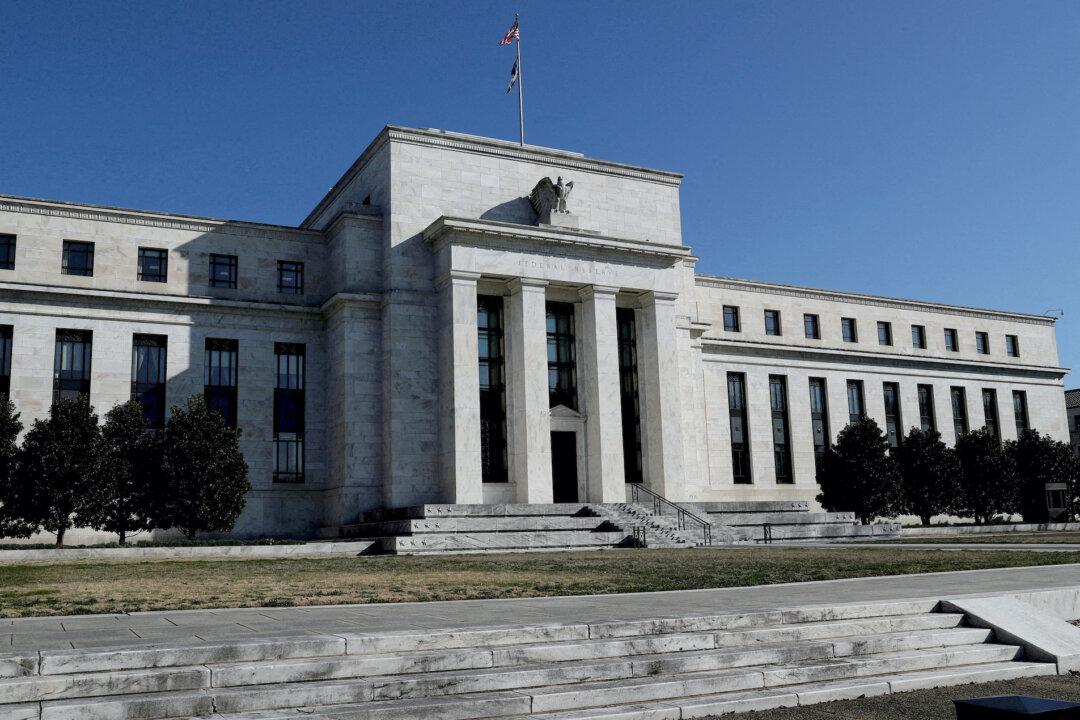Commentary
Ben Bernanke, who led the Federal Reserve from 2006 to 2014, has co-authored a paper with Olivier Blanchard of the Peterson Institute for International Economics that seeks to account for inflation rates that have knocked at least 15 cents off the value of the 2020 dollar.





